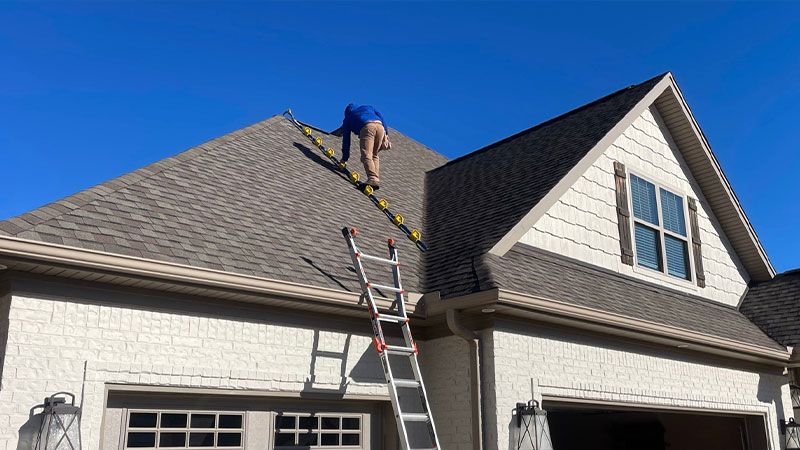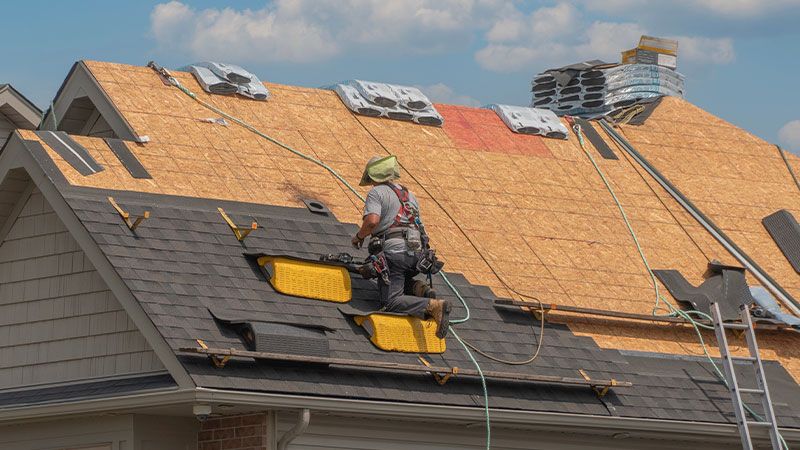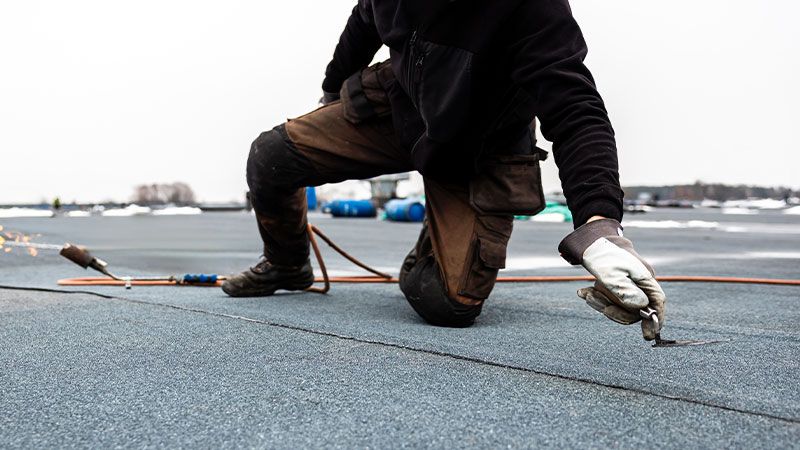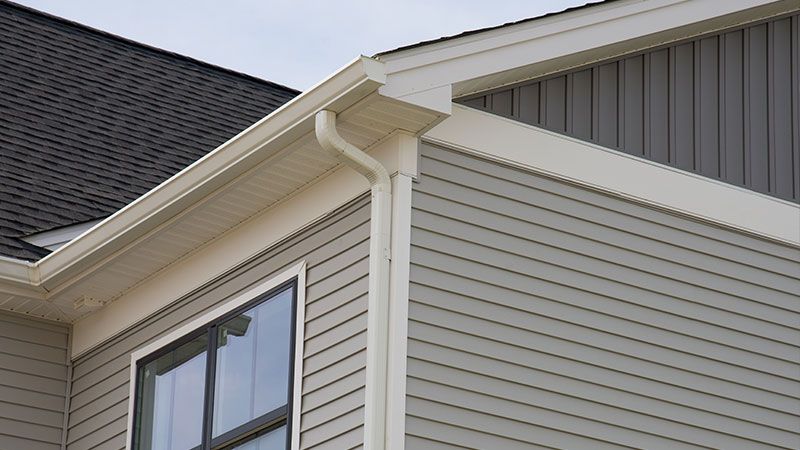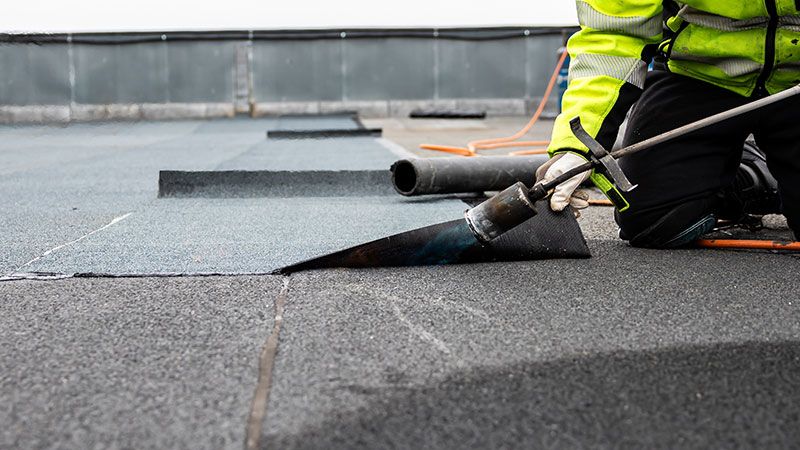Roof flashing consists of metal strips or other durable materials placed around chimneys, vents, skylights, and roof joints to direct water away from vulnerable areas. When flashing fails, it compromises your Houston roof’s ability to keep moisture out. Here are some of the common indicators of flashing failures:
- Water Leaks – Moisture stains on ceilings or walls often indicate flashing issues.
- Rust or Corrosion – Metal flashing can deteriorate over time, making it less effective.
- Loose or Missing Flashing – Strong winds or improper installation can cause flashing to become dislodged.
- Mold or Mildew Growth – Persistent moisture from leaks can lead to harmful mold.
- Cracks or Gaps Around Roof Penetrations – Any exposed areas around chimneys, vents, or skylights can indicate flashing failure.
Identifying these signs early can prevent costly Houston flashing failure damage and ensure effective Houston roof waterproofing.
Roof flashing is essential for directing water away from vulnerable areas such as chimneys, vents, skylights, and roof joints. However, Houston flashing failure can occur due to several factors, leading to leaks and costly damage. Here’s a more detailed explanation of the primary causes:
- Poor Installation – Incorrectly placed flashing can leave gaps that allow water infiltration.
- Aging and Weathering – Exposure to extreme heat, rain, and wind causes flashing materials to degrade over time.
- Corrosion and Rust – Metal flashing, especially when exposed to moisture, can deteriorate and weaken.
- Building Settling or Shifting – Structural movement can cause flashing to crack or pull away from surfaces.
- Storm Damage – High winds and heavy rain can loosen flashing, creating weak spots.
Understanding these causes can help homeowners take proactive steps to ensure long-term Houston roof waterproofing.
